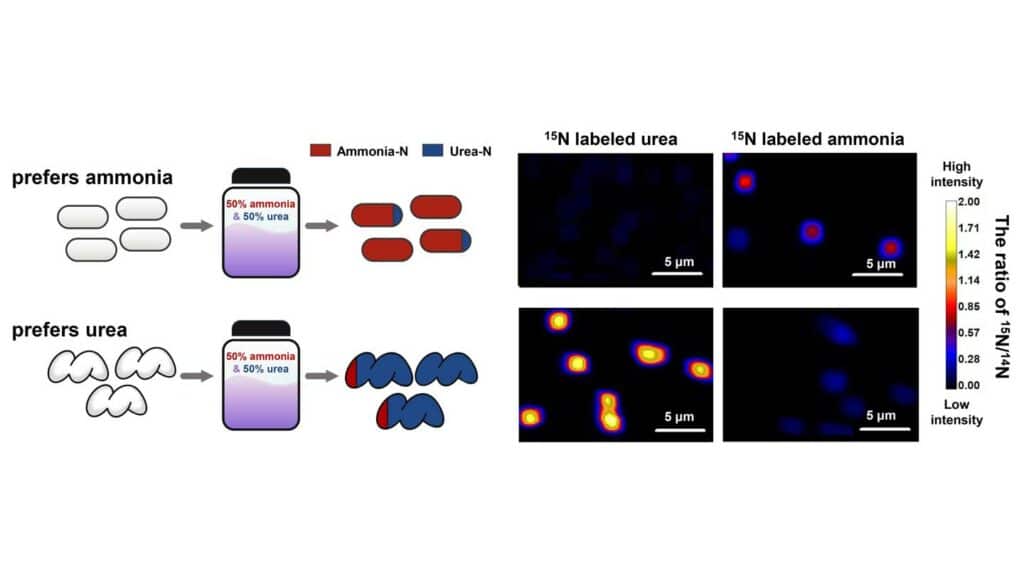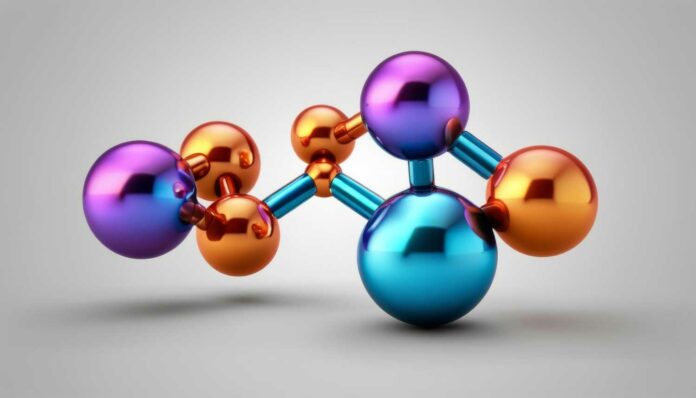Ammonia-oxidizing microorganisms (AOM) play a significant role in the global nitrogen cycle. There are four types of AOM: ammonia-oxidizing archaea (AOA), beta- and gamma-proteobacterial ammonia-oxidizing bacteria (β-AOB and γ-AOB), and complete ammonia oxidizers (comammox). They are believed to compete for ammonia as their main nitrogen source. Additionally, many AOM species can use urea as an alternative energy source and nitrogen by converting it to ammonia.
However, we need to fully understand how different lineages of AOM species coexist in the same environment: do they compete for ammonia or instead use other alternative compounds for their energy needs?
New research led by Wei Qin from the University of Oklahoma has changed how we understand ammonia oxidation, a crucial part of the global nitrogen cycle.
The study aimed to figure out why and how different types of microorganisms that play a role in ammonia oxidation can coexist without directly competing for inorganic nitrogen (ammonia). They also examined how these microorganisms use organic nitrogen (urea) instead.

More than half of these AOM lineages have adapted to using urea. However, using urea requires extra energy because it’s a more complex molecule that must be broken down into ammonia before use. The researchers wanted to understand how these microorganisms acquire and process both ammonia and urea when both are present.
Qin said, “We always called urea an alternative substrate to ammonia. Now, we realize that a major lineage of AOM actually prefers urea and represses the use of ammonia when urea is present. This discovery challenges dominant assumptions that had persisted for more than 100 years since the cultivation of the first AOM species.”
The research has discovered that AOM lineages use different regulatory strategies for processing ammonia or urea. This allows them to avoid direct competition with each other, promoting coexistence. These diverse preferences highlight a hidden diversity in their physiological processes, and understanding these differences could have important real-world implications that require further exploration.
Qin said, “The AOM produce either nitrate, which leaches into groundwater and surrounding bodies of water, causing eutrophication, or nitrous oxide, a powerful greenhouse gas. Once we confirm which AOM lineages prefer urea, we could investigate their contribution to nitrate leaching and greenhouse gas production in the environment. This is necessary for developing sustainable and practical approaches to reducing these nitrogen pollutants in natural and engineered ecosystems. This will likely be the focus of future research.”
Journal Reference:
- Qin, W., Wei, S.P., Zheng, Y. et al. Ammonia-oxidizing bacteria and archaea exhibit differential nitrogen source preferences. Nat Microbiol (2024). DOI: 10.1038/s41564-023-01593-7
